When it comes to driving safety, tire pressure is always one of the hottest topics. Why does tire pressure matter? What the heck is that little annoying symbol on my dashboard? Should I under-inflate my tire during the winter? How often should I check my tire pressure?
We got tons of questions like this from our community, so for today, let's dive deep into the world of tire pressure, put our geeky glasses on and figure out everything you need to know about your tires.
1. What's The Recommended Tire Pressure For My Car?
The recommended tire pressure varies based on the vehicle makes determined by the manufacturer after thousands of tests and calculations. For most vehicles, you can find the ideal tire pressure on the sticker/card inside the driver’s door for newer cars. If there’s no sticker, you can usually find the info in the owner’s manual. Normal tire pressure is usually between 32~40 psi(pounds per square inch) when they are cold.
So make sure you check your tire pressure after a long stay and usually, you can do it in the early morning.
2. How To Check The Tire Pressure?
After knowing the proper tire pressure of your vehicle recommended by the manufacturer, you should check your tire pressure regularly to make sure that you are in good shape.
You can check your tire pressure in auto part stores, the mechanics, gas stations, and at home. To check tire pressure at home, you need:
As tire pressure changes with the temperature a lot, and recommended tire pressures are cold inflation pressure, you should start with cold tires if possible. We mostly check the tire pressure after one night's rest to avoid the heat from the friction of the last drive, and before the temperature goes up.
Unscrew the valve cap and press the tire gauge onto the valve stem hard enough until the hissing sound disappears. There should be a reading as long as the gauge is well connected to the tire.
There should be a reading as long as the gauge is well connected to the tire.
You can then note down the tire pressure of each tire, and compare them with the ideal psi you read from inside your driver’s door or in the owner’s manual. Make sure you read in detail, as for some vehicles, front and rear tires have different recommended psi.
If you find a tire underinflated, use the air compressor to fill your tires. You can either buy an air compressor in the auto parts store or use one in a gas station. Remember to rest your tires for at least half an hour to make sure they’re cold and the reading is accurate. If you have to fill your tires when the tires are hot, inflate them 3~4 psi above the recommended psi, and check again with your gauge when they are cold. It’s ok to overinflate a bit when filling the tires, as you can let the air out with the gauge.
After filling the tires, use your tire pressure gauge to check the tire pressure again and make sure they are in a good range.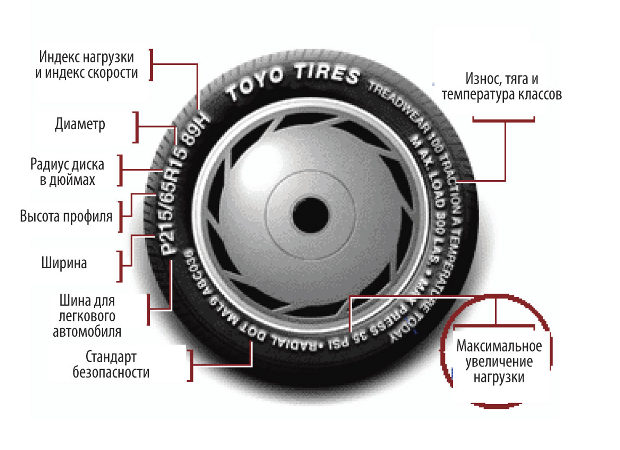 Let the air out a bit if they are over-inflated by pressing the gauge harder on the valve stem.
Let the air out a bit if they are over-inflated by pressing the gauge harder on the valve stem.
3. How To Maintain Proper Tire Inflation?
Tire maintenance is essential for the overall performance of your vehicle, and we highly recommend that you check your tire pressure every time you inflate your tire, each 10°F (5.6 °C) temperature change, and every 30 days.
Be mindful that don’t wait until the TPMS(Tire Pressure Monitoring System) light come on before you check the tire pressure, as the normal TPMS may:
For more information about the tire pressure monitoring system, please check our post about TPMS: What is TPMS and Why Does it Matter?
Thus, we highly recommend that you check your tire pressure regularly, especially before a long drive or heavy load driving. Also, temperature affects the tire pressure a lot, and we will explain it in the next section.
Also, temperature affects the tire pressure a lot, and we will explain it in the next section.
4. How Does Temperature Affect Tire Pressure?
First of all, the rule of thumb is for each 10°F (5.6 °C) decrease in temperature, the tire pressure will drop by one psi for most passenger vehicles. When it comes to commercial truck tires, which are often inflated to over 80 psi (twice as much as a passenger vehicle tires), the change of tire pressure according to temperature is doubled to 2 psi for every 10°F.
For the non-nerdy readers, just remember this rule of thumb and keep in mind that you will need to monitor your tire pressure during different seasons or a sudden temperature change. For those who want a deeper dive into how psi's are determined, here's the science behind it.
The equation we use to calculate the relationship between tire pressure and the temperature is called the
Ideal Gas Law. It is a good approximation of the behavior of many gases under many conditions.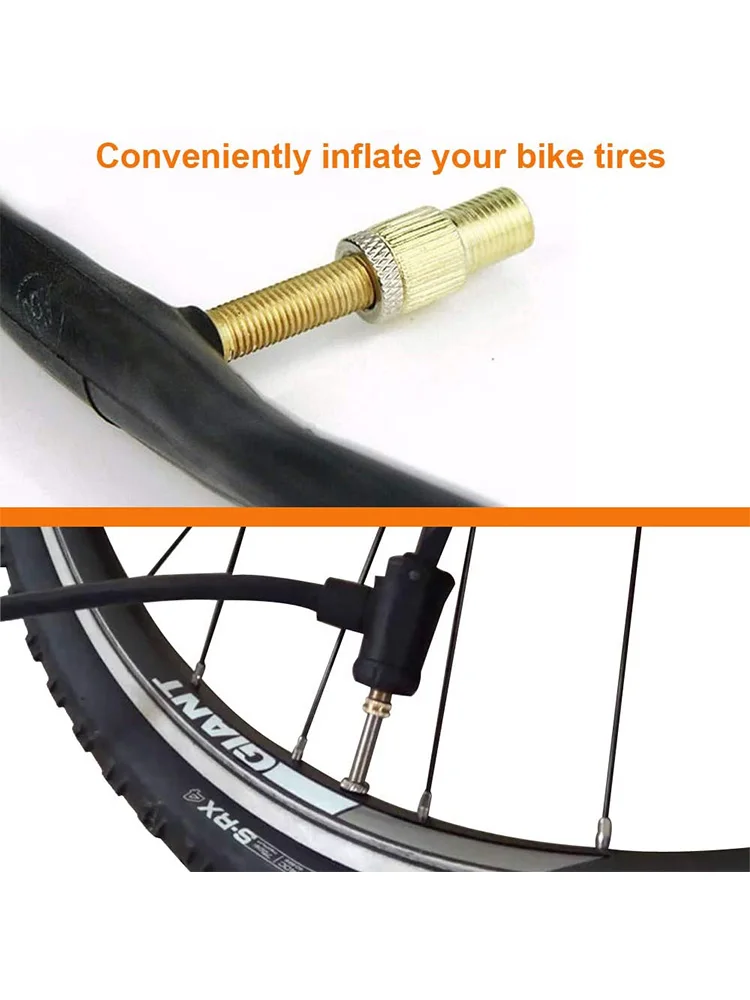 (Appx1) It works well for most low-pressure gases. When applied to tire pressure calculation, the error is less than 1%.
(Appx1) It works well for most low-pressure gases. When applied to tire pressure calculation, the error is less than 1%.
First, we take the Ideal Gas Law equation and apply it to our circumstance:
where,
P = absolute pressure
V = gas volume in the tire
n = the number of molecules of gas in the tire
R = universal gas constant
T = temperature
Since we are trying to examine the pressure change according to the temperature, let's assume two tire pressures P1 & P2 at their set temperatures T1 & T2.
Given the n and R are both constants, and the gas volume in the tire is also a constant, we can take those constants out of the equation, and suddenly we get this straightforward one:
Let's say the temperature drops from 100°F to 50°F, the tire pressure at 100°F is 35 psi, so what's the tire pressure now at 50°F?
(the metric system is getting in the way, huh?)
Absolute Pressure = tire pressure + sea level air pressure (14. 7 psi). So,
7 psi). So,
Put all that into the equation,
So a 50°F drop in temperature lowers the air pressure by 4.5 psi, which is pretty much the same according to our rule of thumb.
5. How Does Tire Pressure Affect Driving
Both overinflation and underinflation affect your tire performance a lot, and serious problems might occur. According to NHTSA(National Highway Traffic Safety Administration), driving on underinflated tires increases a driver's chance of being in a serious accident by 300%. So how will a bad tire pressure affect driving safety? We will explain in detail below.
How tire pressure affects gripThe grip is mostly associated with the size of the contact patch between the tire and the road. An over-inflated tire radically decreases the contact patch while an under-inflated tire does the opposite.
A larger contact patch gives you more grip, and this is the exact reason why lots of racers will intentionally decrease their tire pressures to create a larger contact patch on a dry race track.
However, despite the fact that an under-inflated tire will cause more fuel consumption and improper tear and wear of the tires, for most daily commuters, it might cause an even scarier problem, which is hydroplaning.
Hydroplaning is a hazardous event when a layer of water builds between the wheels and the road surface, leading to a loss of traction that prevents the vehicle from responding to control inputs. (Appx2)
Hydroplaning occurs when the pressure of the tire pushing on the ground is equal to the water pushing back up on that tire. The size of the contact patch, given the force or the weight of the tire, is the same, directly affects the average pressure the tire's putting down on the road. The larger the contact patch (by deflating the tires), the less pressure it puts on that same area. So there's a causal relationship between your tire pressure and the possibility of a hydroplaning event.
Here's a more visual explanation of what is happening between a properly-inflated tire and an underinflated tire when driving on a wet road.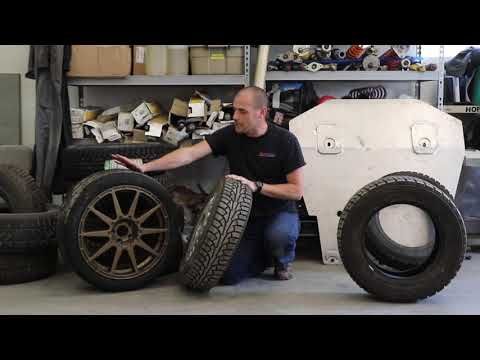
To avoid a hydroplaning event, ALWAYS inflate your tires properly. Also, check your tires' treads, which make the water flow around the tires more efficiently, and of course, driving slow is always a big plus.
How tire pressure affects tire wearThe contact patch directly decides the pattern of the tire's wear and tear. You don't want your tires to wear out prematurely just because you have an over or under-inflated tire.
How tire pressure affects fuel economyImagine you are a ball rolling on the ice, there's no friction between the two surfaces, how much extra force do you need to apply to keep the ball moving? Zero (Thanks, Newton). The same applies to your fuel consumption when it comes to driving on the road. The rolling resistance between your tires and the road significantly affects fuel economy, and by now we should all know the logic behind this, lower tire pressure leads to a larger contact patch, which causes higher rolling resistance, and thus, poor fuel economy.
A Michelin study showed that your tire is accountable for at least 1/5 of your total fuel consumption and a 1-bar of pressure drop (14.5 psi) would increase your fuel consumption by 3-5%.
6. Special Conditions For Tire Pressure Manipulation
There are of course circumstances where you want to manipulate your tire pressure to meet specific requirements. Like the aforementioned track race, or if you are driving on sand, mud, etc. However, as a daily commuter, we strongly suggest you regularly check your tire pressure, preferably once a week and anytime you might take a long road trip, and always keep the tires properly inflated!
Conclusion
Tire pressure is always a hot topic regarding driving safety, and it's important to keep an eye on the tire pressure to maximize fuel efficiency and safety.
Before you go
We'd like to offer you our most popular ZUS Smart Vehicle Health Monitor for FREE to better take care of your car and save $$$ on car expenses.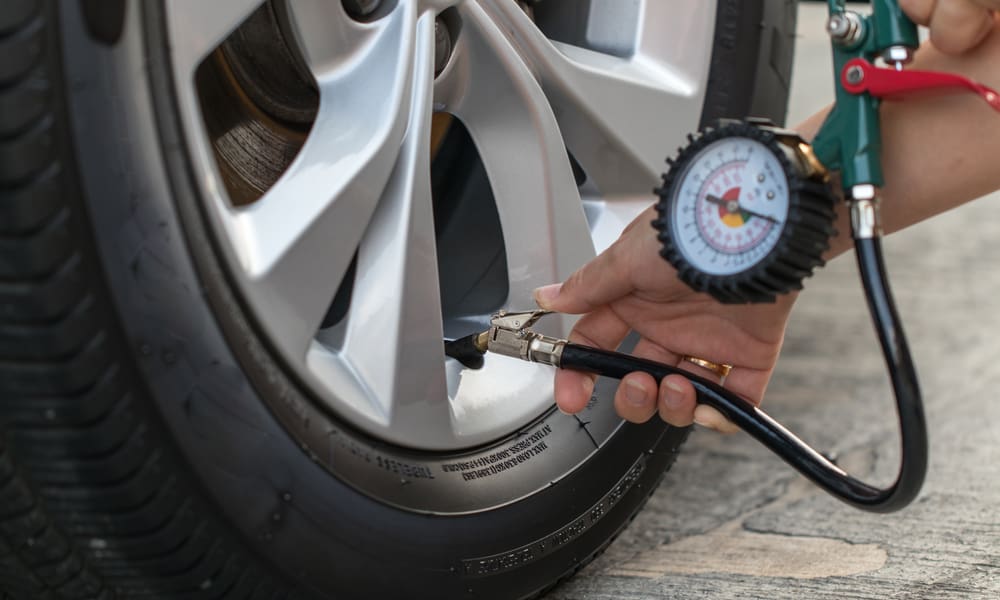 Claim your free unit here.
Claim your free unit here.
Top Posts from nonda:
What is a Car Diagnostic Test & How to DIY?
What Does Check Engine Light Mean & How to Fix it?
Best OBD2 Scanner & Code Reader: Complete Buying Guide
OBD2 Codes: What You Need to Know
Appendix 1 - Ideal gas law - Wikipedia.
Appendix 2 - Aquaplaning - Wikipedia.
The recommended tire pressure is the pressure established by the manufacturer of your car as the optimal air pressure for your tires. Running your tires at the correct pressure is important because it keeps you safe, cuts down your gas bill, and makes your tires last longer. Each vehicle has its own specifications for tire pressure, but most fall between 28 and 36 PSI (pounds per square inch).
Be careful not to confuse the recommended pressure with the maximum pressure. The recommended pressure is the one you should use when filling your tires, and, as explained above, you can find on your doorjamb or in your owner’s manual. The maximum pressure, on the other hand, is usually stated on the sidewall of the tire itself in small print near the tire’s bead (where the rubber abuts the rim). This measurement is provided by the tire manufacturer rather than the car manufacturer and is the maximum amount of pressure the tire can safely withstand.
The recommended pressure is the one you should use when filling your tires, and, as explained above, you can find on your doorjamb or in your owner’s manual. The maximum pressure, on the other hand, is usually stated on the sidewall of the tire itself in small print near the tire’s bead (where the rubber abuts the rim). This measurement is provided by the tire manufacturer rather than the car manufacturer and is the maximum amount of pressure the tire can safely withstand.
Your tires’ max PSI almost always exceeds the recommended pressure. It isn’t advisable to fill your tire to this pressure for everyday driving. At max PSI, your car does not handle as well, braking is impaired, and you could risk dangerous blowouts. Over-inflation can also cause the center of your tire’s tread to wear out prematurely and reduce the lifespan of your tires. You may want to use the max pressure on a temporary basis if you are hauling especially heavy load or towing something.
Most manufacturers do not state a minimum tire pressure, per se. The recommended value is the amount of air that a tire needs for a car to handle properly and safely, and anything under that value is not recommended, so functionally the optimal value is also the minimum. Under U.S. law, vehicles are required to be equipped with tire pressure monitoring systems (TPMS) that warn the driver when tire pressure falls below 25 percent of the recommended PSI. This is considered severe under-inflation, but less drastic pressure drops are still considered moderate or mild under-inflation, and they and can still have negative consequences.
If your tires are inflated to a pressure that is below the recommended PSI (as shown in the manual or on the driver’s side doorjamb), your car will not operate safely. Under-inflation can cause the tire to heat up excessively, which can make the tread pull away from the body of the tire.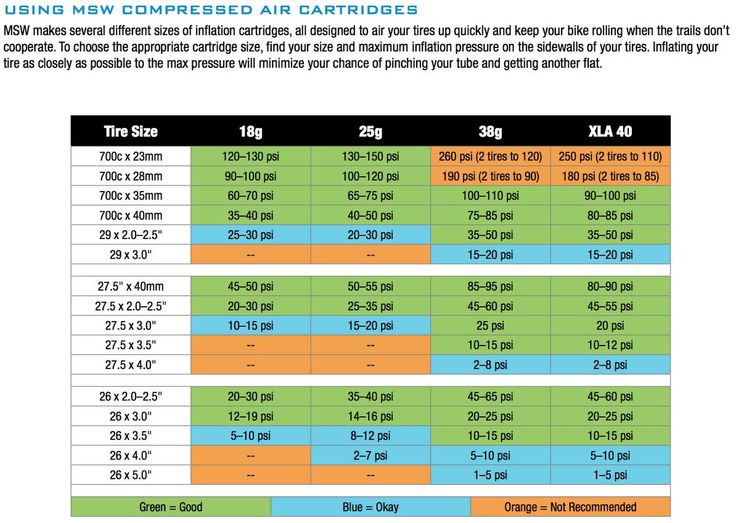 If this happens on the highway, it could lead to a blowout and a serious accident. There are also financial reasons for making sure your tires aren’t under-inflated. A low tire has more rolling resistance, which means the car has to work harder to move down the highway and consumes more fuel. Well-inflated tires are going to save you money at the pumps. Low tires also wear more quickly and unevenly, so you will have to replace them more often.
If this happens on the highway, it could lead to a blowout and a serious accident. There are also financial reasons for making sure your tires aren’t under-inflated. A low tire has more rolling resistance, which means the car has to work harder to move down the highway and consumes more fuel. Well-inflated tires are going to save you money at the pumps. Low tires also wear more quickly and unevenly, so you will have to replace them more often.
A tire pressure monitoring system (TPMS) uses either a direct sensor inside your valve stem or a combination of both software and other existing sensors in your vehicle to let you know when your tire pressure is outside of a safe range of pressures. If the pressure falls below the legally specified limit (25% of recommended pressure) an indicator light shaped like the letter U with an exclamation point inside it (representing the cross-section of a tire) will light up on the dashboard. When you see this TPMS light on you should immediately check your tire pressure and make any necessary adjustments.
When you see this TPMS light on you should immediately check your tire pressure and make any necessary adjustments.
If you have further questions about tire pressure or any other aspects of your tires, find your nearest tire dealer to get some advice.
Table of contents:
Each motorist in the process of operating his car should have a basic knowledge of its technical characteristics and monitor the current state of the car. For a comfortable car ride and a long service life of the main units, it is necessary to change the engine oil on time, monitor fuel consumption, control the battery charge and know what tire pressure should be at a certain time of the year. nine0003
For a comfortable car ride and a long service life of the main units, it is necessary to change the engine oil on time, monitor fuel consumption, control the battery charge and know what tire pressure should be at a certain time of the year. nine0003
Often, many drivers do not pay attention to the last factor, believing that the tire pressure is not important. However, this indicator can seriously affect the cross-country ability, vehicle stability and fuel consumption. What is the recommended tire pressure? How to check it? - a detailed description of these and other issues related to the care of car wheels, we will consider in this article.
To get an answer to this question, first you need to remember the school physics course for grades 7-8. The internationally recognized measurement system is SI (SI). The main unit of measurement (MU) in this system is Pascal (Pa) = 1N/m2. nine0003
There are also derivatives of it:

For the convenience of calculation in various areas of life, different pressure units are used, in which Pascal is the base. So, in meteorology and geology, Bar is used, 1 bar \u003d 105 Pa. To calculate physical phenomena, indicators are used equal to 1 pressure of the air atmosphere on the earth's surface - 1 atm. = 101325 Pa.
In technical industries, including for calculating tire pressure, an indicator is used that produces a body weight pressure of 1 kg per 1 cm2, i.e. 1kg/cm2. 1 kg/cm2 : 1 atm. = 98066.5 Pa, at the same time 1 atm ≈ 1 bar. In view of the wide use in technology of kg / cm2 and the relationship with atmospheric air pressure, this UI is also called the technical atmosphere.
It is worth noting that EU - kg / cm2 is used to determine the pressure in tires in domestic vehicles, while non-systemic EU is used abroad: Bar (bar) or PSI (lb / inch2).
To find out what is the optimal level of air pressure in tires for a particular brand of car, just look at its passport data.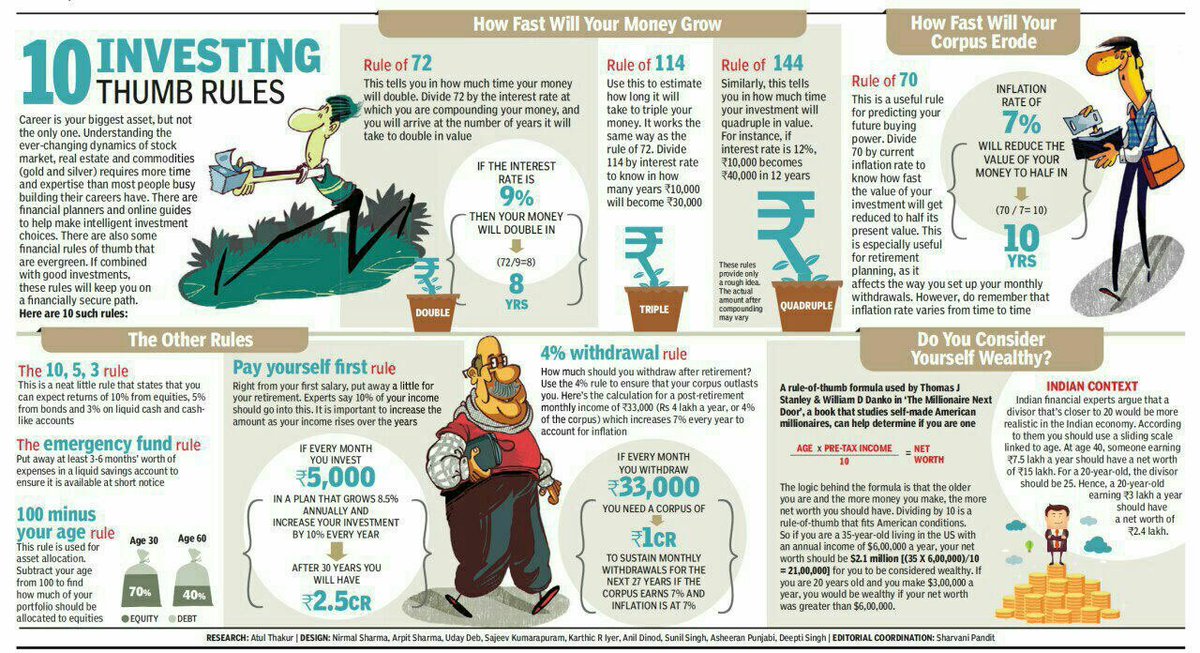 If the documentation is lost or missing, then this data is sometimes displayed on some car parts. So, the recommended tire pressure is sometimes stamped on: nine0003
If the documentation is lost or missing, then this data is sometimes displayed on some car parts. So, the recommended tire pressure is sometimes stamped on: nine0003
First of all, you need to understand that modern tires are tubeless, that is, the entire space from the disk to the tire is filled with air without special rubber chambers, as it was before. These tires have a high level of pressure sensitivity. If the pressure indicator in them decreases by about a 5th part of the norm, or vice versa, it is increased by more than 20-25%, then the tires wear out faster, and driving on them becomes unsafe. nine0003 Consequences of Incorrect Tire Inflation
In addition, low or high tire pressure increases fuel consumption, makes the machine unsteady, and reduces flotation performance.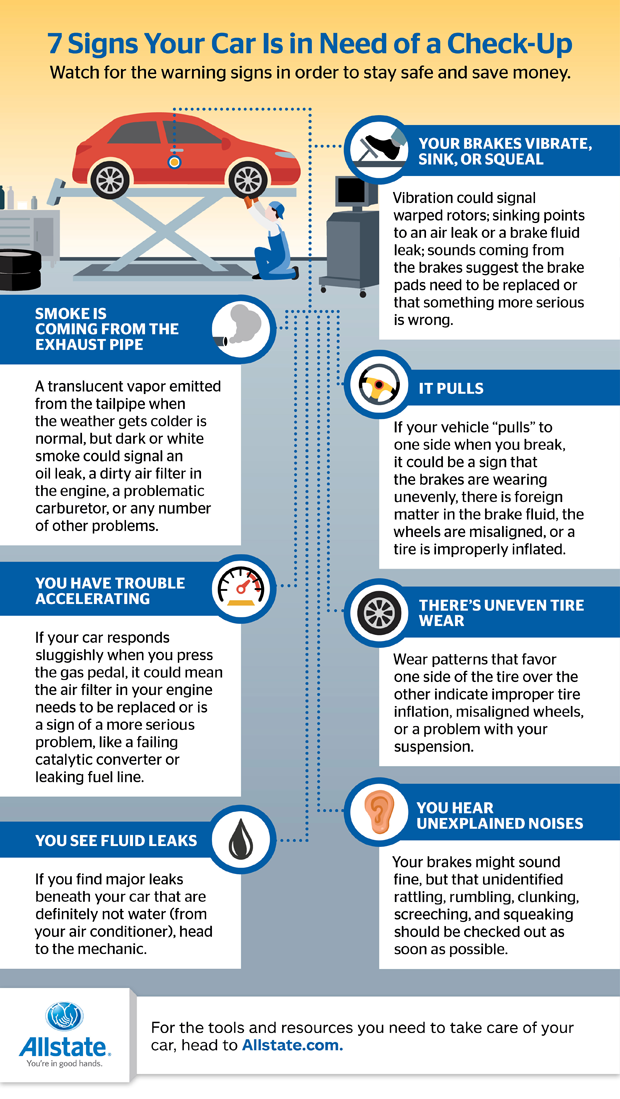 In the most extreme cases, an incorrectly inflated wheel can “shoot” (burst / explode). It’s good if this happens when the car is stationary, but if it happens while driving, it may well cause a serious accident.
In the most extreme cases, an incorrectly inflated wheel can “shoot” (burst / explode). It’s good if this happens when the car is stationary, but if it happens while driving, it may well cause a serious accident.
Please note that even in perfectly inflated tires, the pressure may deviate from the norm due to weather conditions (temperature changes), road roughness, pits, etc.
The rate of pressure in the tires of a car is determined by its technical characteristics, weight and type of car. As a general rule, the pressure in the front tires and the rear wheels should be the same. However, when inflating tires, you should always follow the recommendations of the car manufacturer indicated in the passport, on the body or on the gas tank flap. Sometimes, in front-wheel drive or all-wheel drive cars, you can find different recommended pressure standards - in the front 2 atm, in the rear - 2.2 atm. nine0003
See also: Changing car wheels. How often should tires be rotated?
How often should tires be rotated?
It is worth noting that when inflating the front and rear wheels, you should always take into account the load on the car. So, for example, if bulky things are transported in the trunk in the car or the cabin is completely occupied by passengers, then naturally this will increase the load on the rear of the car. Therefore, in such cases, it is recommended to inflate the tires so that the pressure in the rear tires is 0.2-0.4 atm more. nine0003 Tire pressures may differ between front and rear wheels
Please note that in addition to technical and climatic factors, the quality of the road surface also affects the level of tire pressure. This means that the more pits and bumps on the road, the greater the load on the wheels. Thus, if the driver knows for sure that the road he has to drive is uneven and with a lot of holes, then the tires should be pumped up 0.2-0.4 atm above the recommended standards. Similarly, in the situation with off-road driving - in this case, the load on the tires increases due to the uneven surface of the coating, so they should be inflated a little higher than normal. nine0003
Similarly, in the situation with off-road driving - in this case, the load on the tires increases due to the uneven surface of the coating, so they should be inflated a little higher than normal. nine0003
Tire pressure also depends on weather conditions and seasons, in particular on air temperature. The reason for this is the physical compression of oxygen at low temperatures, or vice versa, an increase in the volume of air gas in case of heat.
See also: Inflating tires with nitrogen - the pros and cons. What does filling tires with nitrogen give?
Usually the tire pressure is not very different in winter and summer. However, experienced drivers are advised to make the tires a little under-inflated during the cold season. The main reasons for this are: nine0003
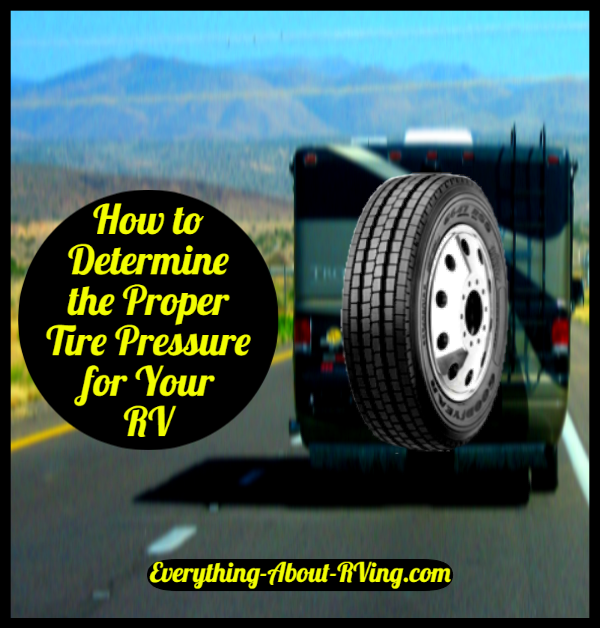
In summer, tire pressure, ceteris paribus, should correspond to the norm, and in winter it is recommended to reduce it by 10-15 percent.
So, for cars with R13 tires, the summer figure is usually 1.9 atm, for winter - 1.7-1.8 atm approximately. nine0003
Important! If the car is stored in a heated room (garage) in winter, then when driving out into the cold, the pressure in the wheels may drop sharply. Therefore, it is necessary to constantly monitor it before and after leaving and pump up the wheels to the recommended rate if necessary.
Probably everyone at least once in their life saw a picture when the driver taps his foot on the tire - this is how he supposedly checks the condition of the wheels “by eye”. You should not repeat this trick and measure the pressure in the wheels in the “old-fashioned way” - for this there have long been special measuring devices that accurately determine the level of air pressure in tires. nine0003
nine0003
The main measuring device is a manometer. Manometers come in different types and types. Analogue (mechanical) with a built-in release valve are considered reliable. There are also electronic devices, where instead of arrows there is an electronic scoreboard, which displays pressure readings during measurement.
In addition, many modern cars have built-in sensors that record tire pressure and display it on the on-board computer screen. Structurally, the electronic sensor for measuring is a small device that is attached to each wheel, reads information about the pressure and transmits it to the on-board computer. nine0003 To monitor tire pressure, there are special systems that display information on the car's computer, or on its own display
. Also, there are mechanical sensors that are mainly produced in China. Such devices are essentially miniature pressure gauges, which are made in the form of a wrap-cap on a tire nipple.
See also: Car tire pressure sensor - a guarantee of your safety on the road
To measure tire pressure using a pressure gauge, you must perform the following sequential steps: nine0003
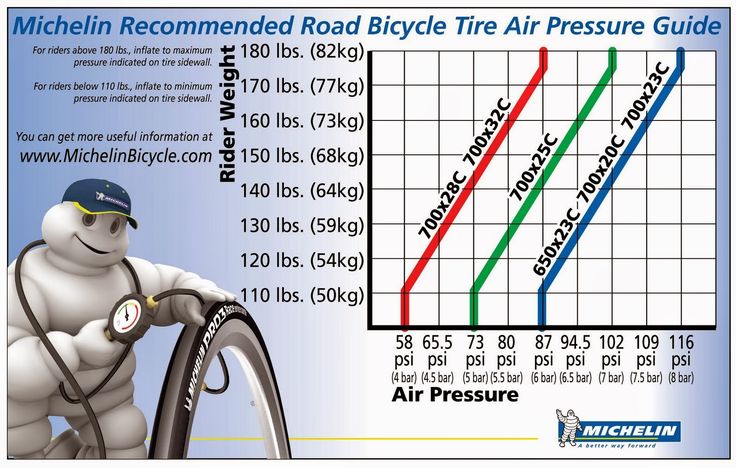
Useful advice: it is necessary to check the air pressure in the wheels at least once a month if the car is constantly used as the main vehicle. You need to measure before driving on unheated tires, then the indicators will be accurate. nine0003
Every driver needs to know exactly what pressure to pump in tires, because the consequences of under-inflated or over-inflated tires can be very different: from car body vibration to a fatal accident.
So, when exceeds the recommended pressure rate in the wheels, the following occurs:

If the wheels are underinflated:
In addition to the methods described on how to find out the tire pressure rate, for the convenience of motorists, tables have been created that contain information on the radius, types of tires and the recommended tire pressure level for a particular car model. nine0003
As you can see, the pressure in the tires of a vehicle plays an important role in the operation of a car and affects the safety of driving in general.
05/14/2021
Tire pressure is an important indicator that affects tire wear, vehicle handling, fuel consumption, stopping distance and other aspects related to vehicle operation. Therefore, each driver should know which level is the most optimal and control it. This will ensure safety on the road. nine0003
Therefore, each driver should know which level is the most optimal and control it. This will ensure safety on the road. nine0003
What pressure should be in the tires depends on many factors, since this is a variable value. It is affected by the air temperature, the conditions of use of the machine. In winter, the figure is lower than in summer. This is because as the temperature rises, the air in the wheel expands. The same situation occurs when driving fast. When the temperature rises by 10 degrees, the pressure increases by 0.1 bar. During the temperature decrease, the process is reversed. The indicators differ depending on: nine0003
All manufacturers of all-season, winter, and summer tires indicate in advance what pressure must be injected into the wheel so that it functions normally without creating an emergency. nine0003
nine0003
What pressure is needed in the wheels of the car, you can see:
In vehicles of various types, an additional marking of permissible standards is indicated, which is applied to the wings of the car body. In the table, you need to find your tire, its size, and following the line from left to right, it will move to the numbers corresponding to the values in certain units of measurement - bar / kPs / psi (240 / 2.4 / 35). From the first group, you can find out the desired characteristic for tires, and the second shows how much to pump the wheels. Usually, the values are the same, but the indicators may differ for individual models. Interestingly, in the post-Soviet space, parameters are measured in technical atmospheres. But on imported vehicles, tires from foreign manufacturers, indicate the pressure in bars or pounds per square inch. The last option is typical for the USA. nine0003
But on imported vehicles, tires from foreign manufacturers, indicate the pressure in bars or pounds per square inch. The last option is typical for the USA. nine0003
Manufacturers indicate the rules that are tied to:
These points are not taken into account by all manufacturers. More often take into account the parameters of the wheels. But reliable brands suggest what tire pressure should be under different circumstances.
For wide tires or non-standard profile heights, they rely on the bore diameter (175/70 R13 82 T) when pumping. But the norm may not be suitable for non-standard tires such as dimensions R14, R15, etc. Therefore, you need to analyze the condition of the tread, assess the degree and uniformity of wear. If the tire wears out in the center while driving, reduce the pressure by 0.2 bar. When the tread edges wear out, the pressure is reduced by 0.1 bar. The permissible rate in such a situation is determined by the driver himself, under the condition of normal driving. Is it different in summer and winter? The pressure in the tires of a car is directly related to the ambient temperature, the season. Manufacturers do not advise deviating from these parameters in winter and summer. But the state of the system depends on the temperature of the environment inside the tire. When blowing air into the wheels, it is worth considering the temperature in the room and on the street. If it is cold in the garage, and the car will leave on hot asphalt, the indicators will differ. Therefore, with temperature differences within 10 degrees, it is necessary to correct the pressure by 0.1 bar by lowering or inflating the tire.
Therefore, you need to analyze the condition of the tread, assess the degree and uniformity of wear. If the tire wears out in the center while driving, reduce the pressure by 0.2 bar. When the tread edges wear out, the pressure is reduced by 0.1 bar. The permissible rate in such a situation is determined by the driver himself, under the condition of normal driving. Is it different in summer and winter? The pressure in the tires of a car is directly related to the ambient temperature, the season. Manufacturers do not advise deviating from these parameters in winter and summer. But the state of the system depends on the temperature of the environment inside the tire. When blowing air into the wheels, it is worth considering the temperature in the room and on the street. If it is cold in the garage, and the car will leave on hot asphalt, the indicators will differ. Therefore, with temperature differences within 10 degrees, it is necessary to correct the pressure by 0.1 bar by lowering or inflating the tire. It is advisable to check the value weekly, even if the wheels are properly inflated. During the change of seasons, it is better to check once a day. To do this, you should use professional pressure gauges. Suitable devices are pointer, mechanical or electronic type. The latter are equipped with a digital display, which displays the indicators. Dial gauges are accurate, but when dropped or overloaded with high pressure, the measuring spring fails. Mechanical instruments are more reliable, then less accurate. Electronic pressure gauges are the most efficient, they allow measurements up to 0.05 bar. They differ in the minimum error. Inflating tires without a pressure gauge is not a good option, as you can accidentally over-inflate or under-inflate tires significantly, which will lead to serious consequences. nine0003
It is advisable to check the value weekly, even if the wheels are properly inflated. During the change of seasons, it is better to check once a day. To do this, you should use professional pressure gauges. Suitable devices are pointer, mechanical or electronic type. The latter are equipped with a digital display, which displays the indicators. Dial gauges are accurate, but when dropped or overloaded with high pressure, the measuring spring fails. Mechanical instruments are more reliable, then less accurate. Electronic pressure gauges are the most efficient, they allow measurements up to 0.05 bar. They differ in the minimum error. Inflating tires without a pressure gauge is not a good option, as you can accidentally over-inflate or under-inflate tires significantly, which will lead to serious consequences. nine0003
What pressure should be in the wheels, it is worth finding out so as not to deviate from the norm. If the parameters are underestimated, the contact patch of the tire with the road increases, which leads to:
